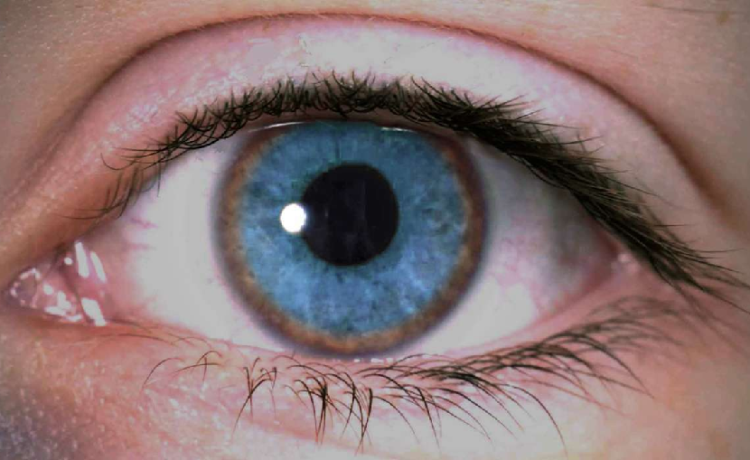Wilson’s disease is characterized by an alteration in the transport and elimination of copper from the diet, which ends up being deposited in the liver, brain, and cornea, causing different problems.
Wilson’s disease is also known as a hereditary disease, which is characterized by an alteration in the transport and disposal of copper coming from the diet, which results in long term deposit of this metal in three organs mainly: liver, the brain, and the cornea of the eye, with the consequent failures in them.
Wilson’s disease is considered a rare disease. Its frequency in almost all the populations studied is one per 40,000 inhabitants. The frequency of people who carry the mutation -but in those in whom the disease does not appear as it is not a dominant mutation- is close to 1%.
What about copper metabolism?
It is estimated that there is 50-100 mg of copper in the body necessary to carry out various functions of metabolism. And through the food, we ingest 2-5 mg of this trace element every day.
In patients with Wilson’s disease, intermediate copper metabolism is impaired due to a mutation in the ATP7B gene. This gene encodes a protein, named in the same way, necessary for the elimination of copper by the bile and for copper to pass into ceruloplasmin, which is the protein that transports copper through the blood. In the absence of a correct elimination of copper through the bile, there is a tendency for excessive accumulation of this metal, which causes liver damage that can begin even after three years of life.
On the other hand, ceruloplasmin, a protein synthesized in the liver responsible for transporting 95% of copper in the body, is diminished by the defective incorporation of copper into the protein. This fact can help the diagnosis since ceruloplasmin levels in the blood can be measured and, if the disease exists, these levels appear abnormally low.
How is it inherited?
Hereditary disease is inherited in an autosomal recessive manner. For the disease to appear, the mutation in the ATP7B gene must be inherited from both the father and the mother.
The mutation in the ATP7B gene is not always the same, but more than 350 possible mutations in this gene have been described in the medical literature.
How and when does Wilson’s disease manifest?
The Wilson disease mainly affects the liver, one of its earliest manifestations of inflammation of that organ, known in medical terms as hepatitis. There is a release into the bloodstream of liver enzymes, known as transaminases, and bilirubin, a substance responsible for the yellowish color that these patients’ skin and mucous membranes acquire (jaundice).
Hepatitis tends to heal spontaneously, but it can be repeated several times. The patient may develop a chronic inflammatory process of the liver, which causes normal tissue to be destroyed and replaced by fibrous tissue, causing what is known as cirrhosis liver.
It is characterized by movement disorders, such as incoordination and tremors, difficulty speaking, and problems swallowing food. Memory loss, decreased intellectual performance, headaches, behavioral disturbances, psychotic or neurotic manifestations, symptoms of dementia, and seizures may also occur.
Likewise, the involvement of the eyeball is widespread. The part most affected by the inadequate deposit of copper is the cornea, in its outer diameter, producing a phenomenon known as Kayser-Fleischer rings. This ring is produced by the deposit of copper initially in the upper and lower poles of the cornea and later surrounding the iris. This ring can be detected on an ophthalmic examination, which can aid in diagnosing Wilson’s disease. On the other hand, the lens can harden and increase its opacity, which is called cataracts.

